In almost every poignant Indian city, there is an area called ‘Purana Sheher’. It’s the part of the city that has its original vibe intact; whose architecture goes back decades, if not centuries. While some of them look originally Indian; many of the ancient Indian buildings are prime examples of neoclassical architecture in India.
In this blog, we shall delve into history and explore some of the most famous Indian Heritage sites with neoclassical architecture.
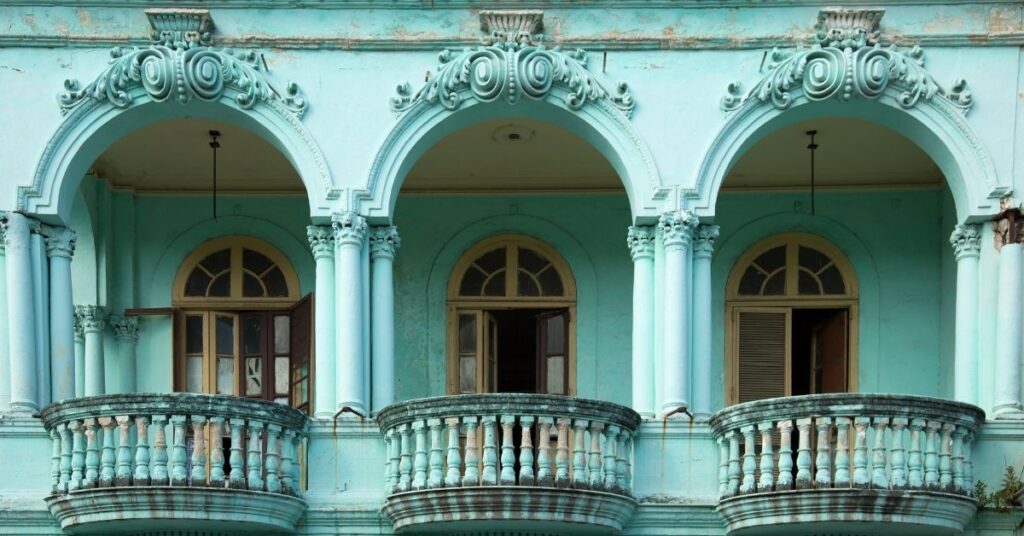
What is neoclassical architecture?
To begin with, ‘Neo’ is a Greek word meaning ‘new’ in English and an architectural sense, neoclassical means new classical architecture. However, after discovering the ancient buried cities of Pompeii & Herculaneum; the 18th-century artists began to inoculate the cities’ visual elements in their architecture and other forms of art.
Since ancient Greek & Roman architecture was probably the best architecture in the world; entire towns & cities were remodeled to resemble vintage cityscapes. The artists too believed that people must have access to knowledge about their lineage and the general aesthetic in which people once lived.
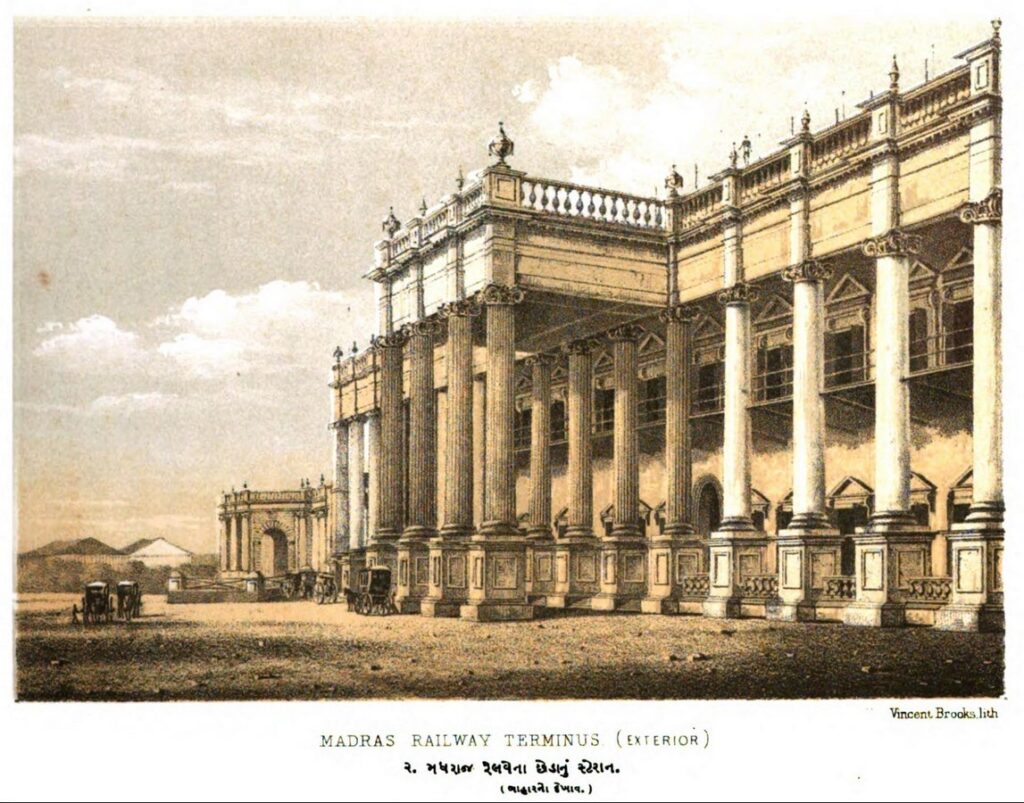
How to recognize it in India?
In the same fashion neoclassical buildings are visible on nearly every continent. However, in India, just by looking at a building, if you come to observe:
- a grandeur of scale,
- theatrical use of columns & beams,
- intricately designed window panels, ledges and doors yet spacious blank walls,
then you are looking at one of the neoclassical monuments of modern periods.
Although, geometrically speaking, there is a certain ‘simple complexity that enthralls you at every glance.
Types of neoclassical architecture classified as Indian Heritage Sites
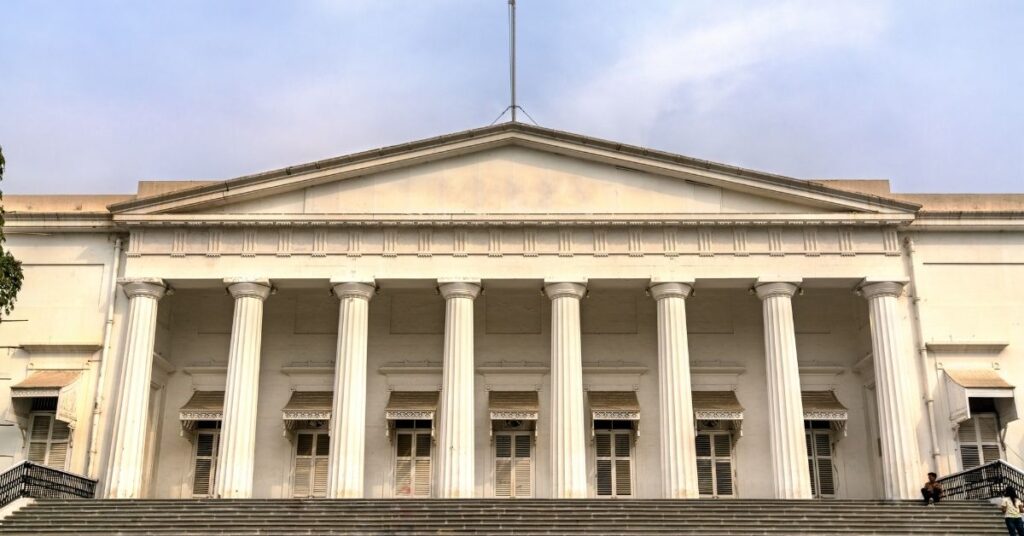
1. Asiatic Society of Mumbai Town Hall, Mumbai
“The Bombay Town Hall is the most magnificent structure that taste and munificence combined have as yet erected in India”.
~ Sir John Malcolm, Governor of Mumbai (1930)
A classified heritage structure, Town Hall Mumbai is our first and one of the finest Indian neoclassical architecture examples. It is located in South Mumbai and houses key government departments.
Colonel Thomas Cowper, inspired by the Greek & Roman styles of architecture; designed this building in a neoclassical aesthetic with wooden floors, spiral staircases, wrought iron gates.
Did you know that this neoclassical grandeur in India holds the first issue of Inferno, a book by Dante Alighieri?
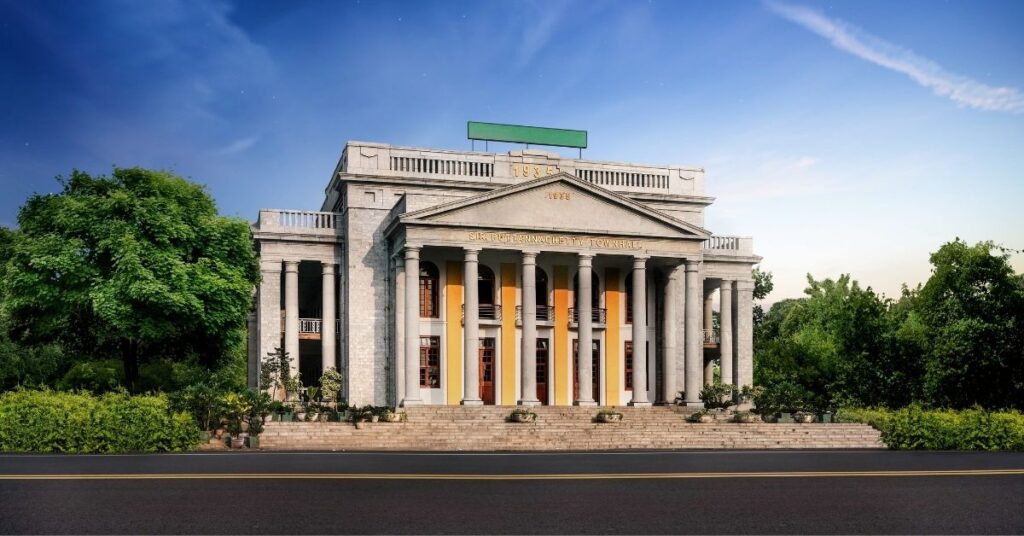
2. Sir Puttanna Chetty Town Hall, Bengaluru
The Bangalore Town Hall is one of the most famous neoclassical architecture examples in India. Came into existence in 1935, it is a pure stone structure in the European Classical Greco-Roman style i.e. neoclassical style. Its interior houses an auditorium that can seat 1100 guests approx.
Sri Puttan Chetty, former President of the Bangalore Municipality, led the construction of Bengaluru Town Hall; which was then inaugurated by Kantiveera Wodeyar, a royal prince of Mysore.
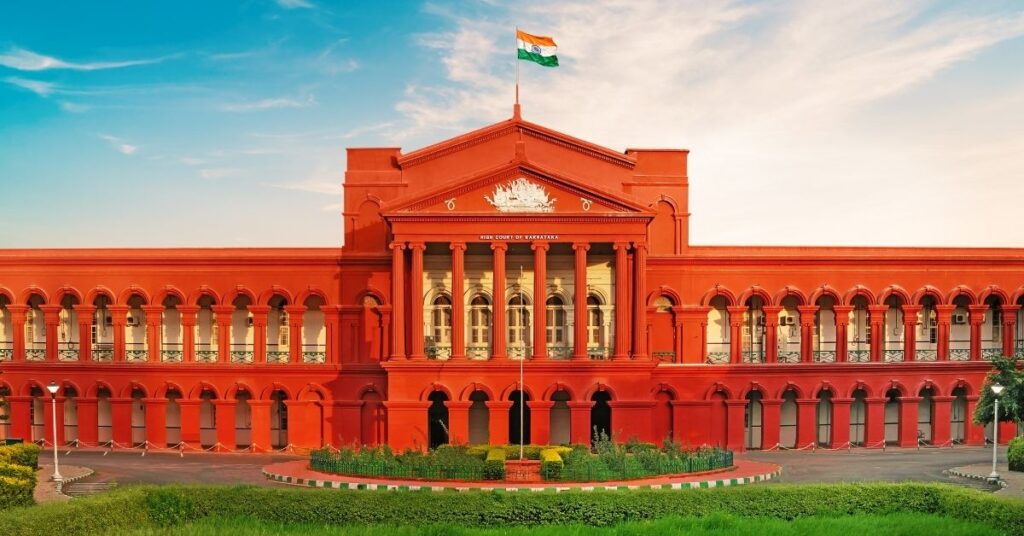
3. Karnataka High Court, Bengaluru
One of the biggest neoclassical monuments of modern periods is the Karnataka High Court; holder of the highest judicial authority within the State of Karnataka. Not to mention it is the prime example of neoclassical grandeur in India, this building is enormous, wide, and just beautiful. Although constructed between 1864 and 1868, it is a wide, two-storied building, built with red stone and bricks.

4. Metcalfe Hall, Kolkata
As a matter of fact, the heritage building; the Metcalfe Hall was built between 1840 & 1844 to honor Sir Charles T Metcalfe; the Governor-General of India, for his efforts towards giving the public access to a free press. Not to mention, he perfectly emulates the defining features of neoclassical grandeur in India from its thirty huge Corinthian pillars that support the stone roof above.
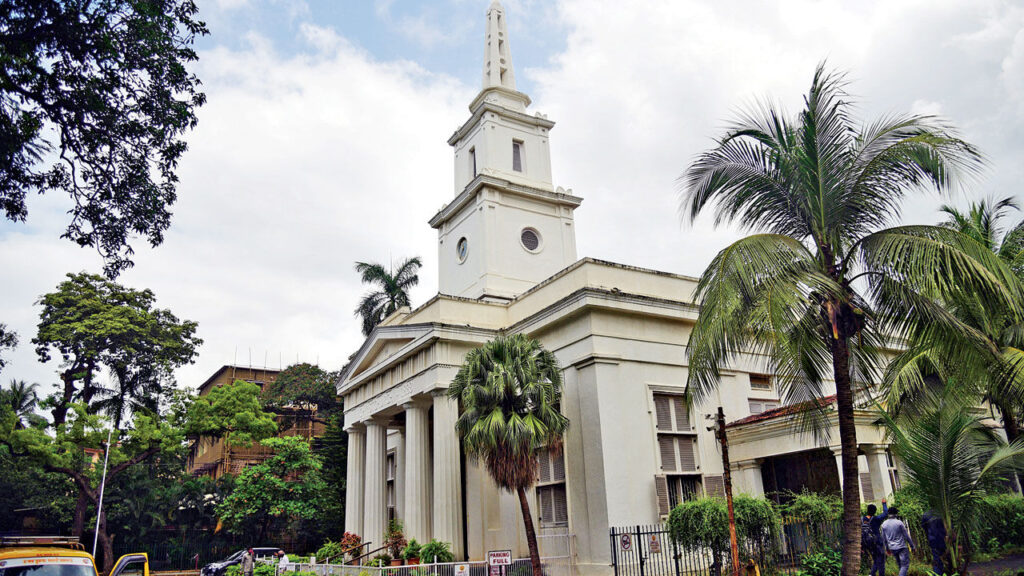
5. Christ Church, Byculla
Similarly, this 190-year old church located in Byculla, Mumbai is one of the most famous neoclassical architecture examples in India. In like manner, 12 Corinthian cast-iron columns support the church; the altar is bedecked with colored glass windows and a grand wooden stairway.
The architect and conservationist of Christ Church 2017, Vikas Dilawar says, “Similar to St Andrew’s Church, the Christ Church in Byculla was one of the last churches with neoclassical elements built-in 1860s Bombay”
Love exploring the older part of cities? Check out this blog: Chandni Chowk: The best place to experience Delhi local tourism!
However, if you are interested in neoclassical architecture in India and have a curious mind, do visit these heritage sites and take notes of the architecture you see around you. While there are many types of neoclassical architecture, once you visit these places, you will have a well-rounded idea about it.
Also follow India Chalk on Instagram for more amazing travel content. You can share your travel story with us. Reach out to us on email at contact[at]ndiachalk[dot]com. This blog is curated by India Chalk and written by Aishwarya D.






3 Comments